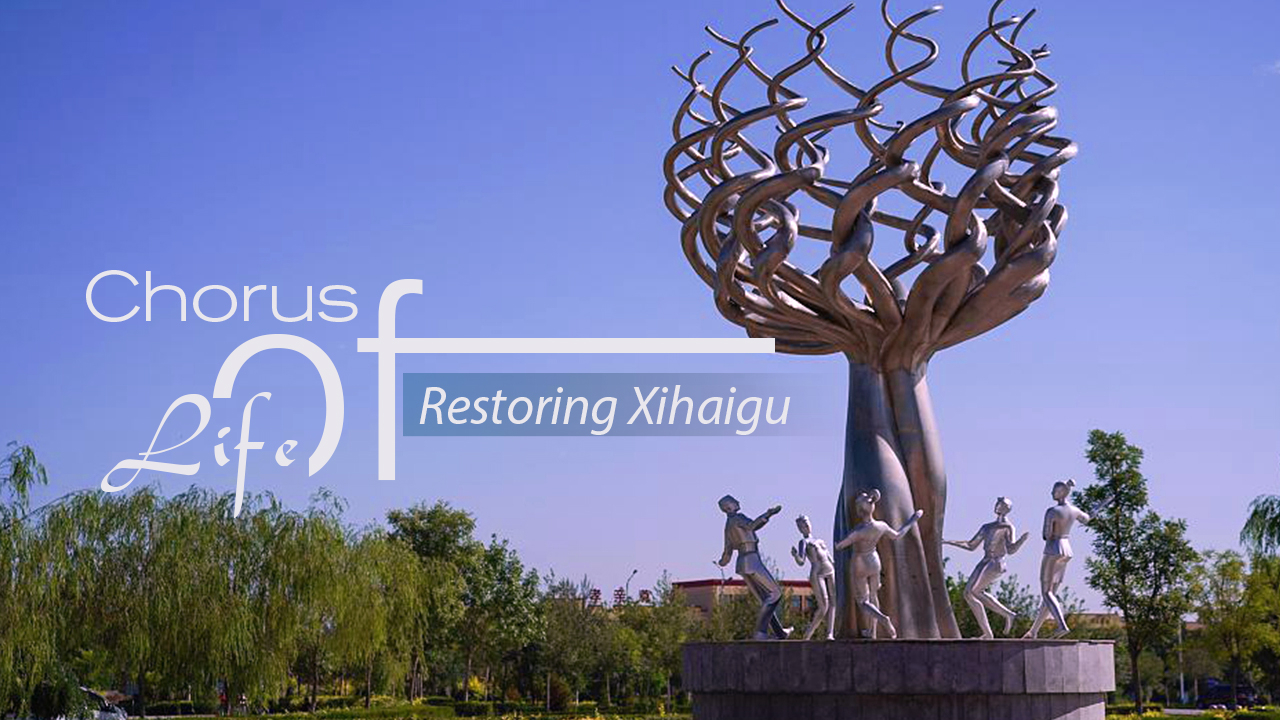01:36

Spanning over 9.6 million square kilometers, China's geography is characterized by its diverse landforms, where regions with harsh natural conditions are often a lot less economically developed than those with abundant resources.
"Xihaigu," a historical name for several extremely impoverished counties in China's northwest Ningxia Hui Autonomous Region, is one such place. Thousands of years of cultivation, compounded by the powdery nature of the loess plateau soil, had led to severe land erosion and widespread poverty.
About four decades ago, the region of Xihaigu was designated by the United Nations as one of the world's least habitable areas for humans. However, an ongoing government program to control erosion by terracing the fields and planting trees is transforming the region's gullied landscape and the lives of the people who rely on it.
The rehabilitation project also owes its success to rural to urban migration, which sees large amounts of people leaving the countryside to seek work in cities.